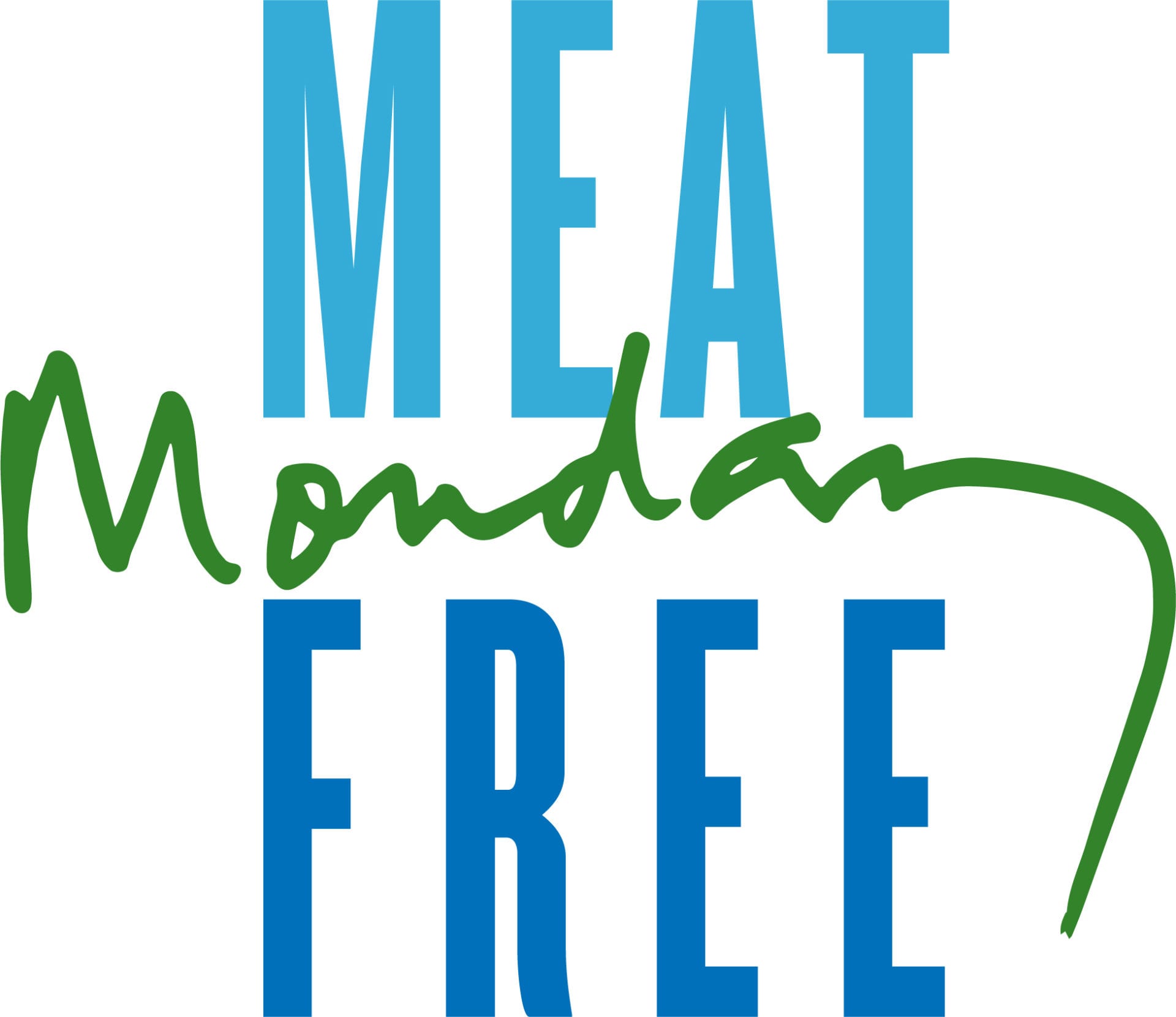A team at Stanford University in California asked student volunteers to experience life as a cow, then tracked their eating habits for a week, to see whether the technology has a role in modifying behaviour that has a negative environmental effect, such as meat-eating.
During the experiment, students were asked to don a virtual reality helmet and walk on their hand and knees while a virtual mirror reflected back images of themselves as cows. Virtual cattle prods delivered “electric shocks” to the volunteers as their bovine alter-egos were led into an abattoir.
Jeremy Bailenson, director of the university’s Virtual Human Interaction Lab, said the project was not to encourage meat-free eating but to see whether virtual reality could affect behaviours that impact negatively on the environment.
“If somebody becomes an animal, do they gain empathy for that animal and think about its plight? In this case, empathy toward the animal also coincides with an environmental benefit, which is that [not eating] animals consumes less energy,” he said.
Other experiments at the lab include virtual tree-felling in order to understand about paper usage and “eating” lumps of coal while taking a virtual shower, to understand its associated carbon cost.
While the results of the experiment aren’t yet known, the volunteers who took part have described feelings of genuine empathy. One wrote: “I truly felt like I was going to the slaughterhouse … and I felt sad that I was going to die. The last prod [from a virtual reality electric cattle prod] felt really sad.”
The experience certainly seems to have worked on the students involved in the tree-felling experiment. Before leaving the lab they were asked to help clean up a spilled glass of water. The “virtual lumberjacks” used 20 per cent less tissue papers than the control group.
Tim Herron, head of the Decision Theatre lab at the University of British Columbia, says virtual reality could help people comprehend the impact of their food and life choices on animals and the environment.
“It’s just a much more compelling way of getting people to understand the effects of their behaviour now on the future. It’s about visualizing the data for people. Once people can see it, it’s amazing how much it changes things. People begin to really understand the necessity to make some changes now to prevent these sort of things.”
Read more about this and other virtual reality climate experiments in this article by Anne C. Mulkern and ClimateWire
